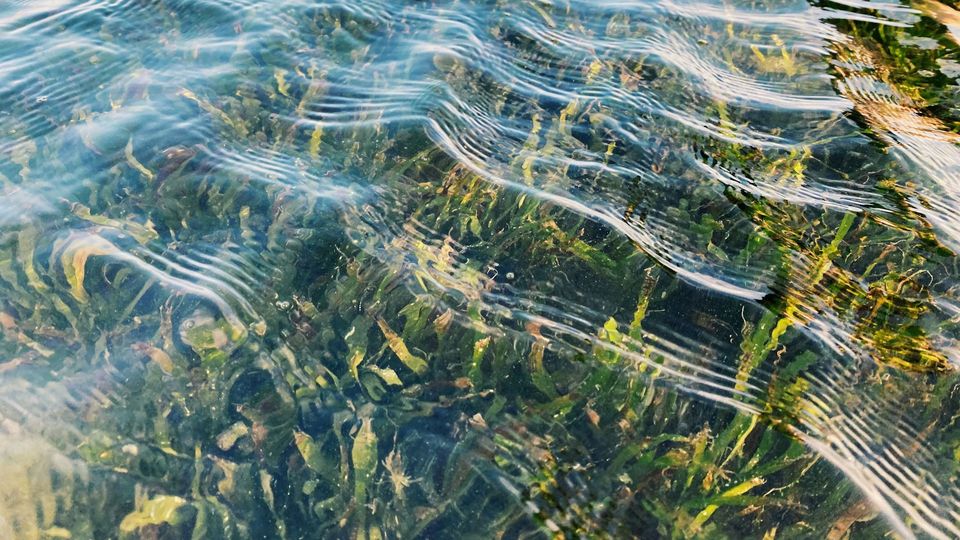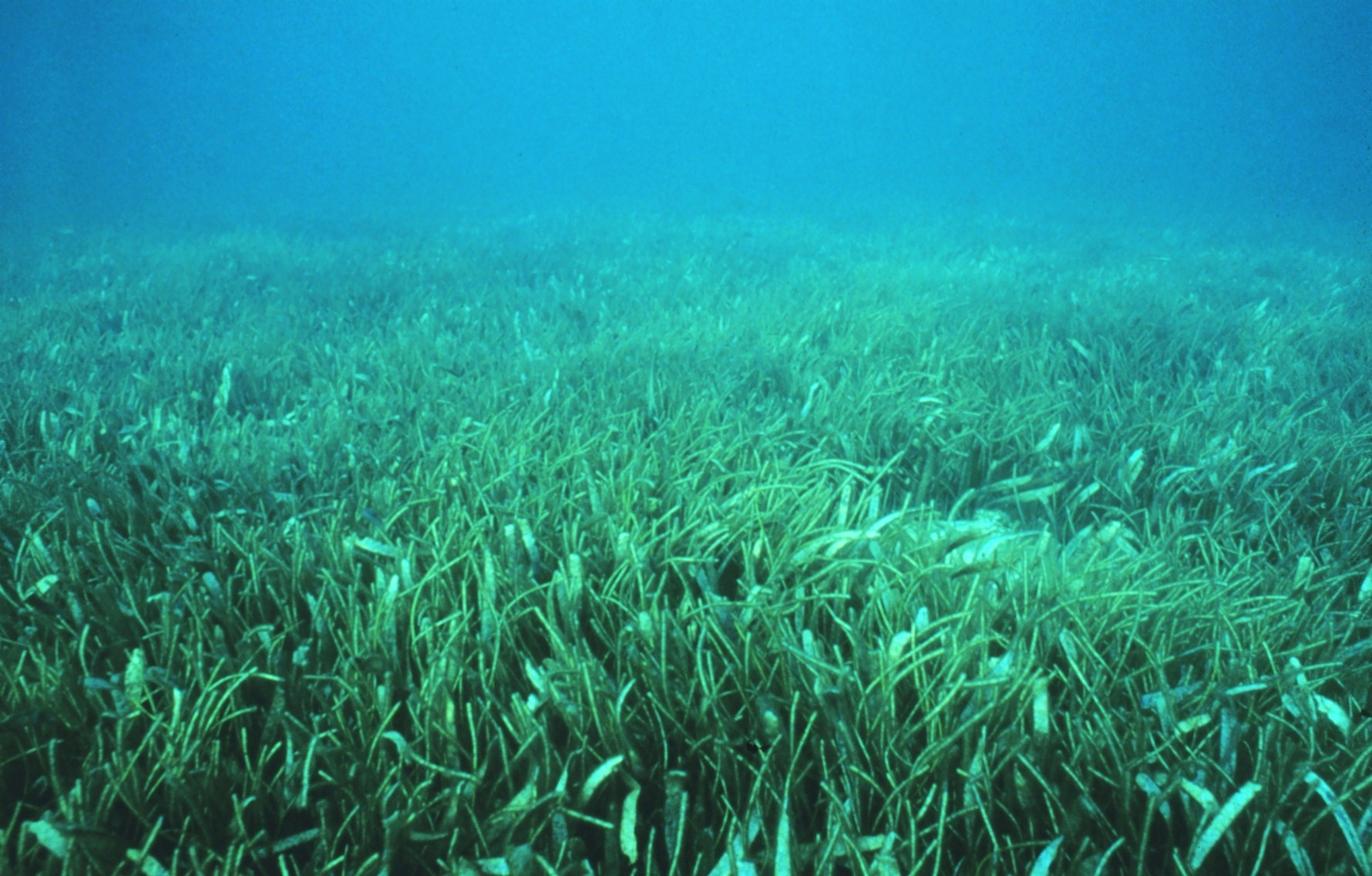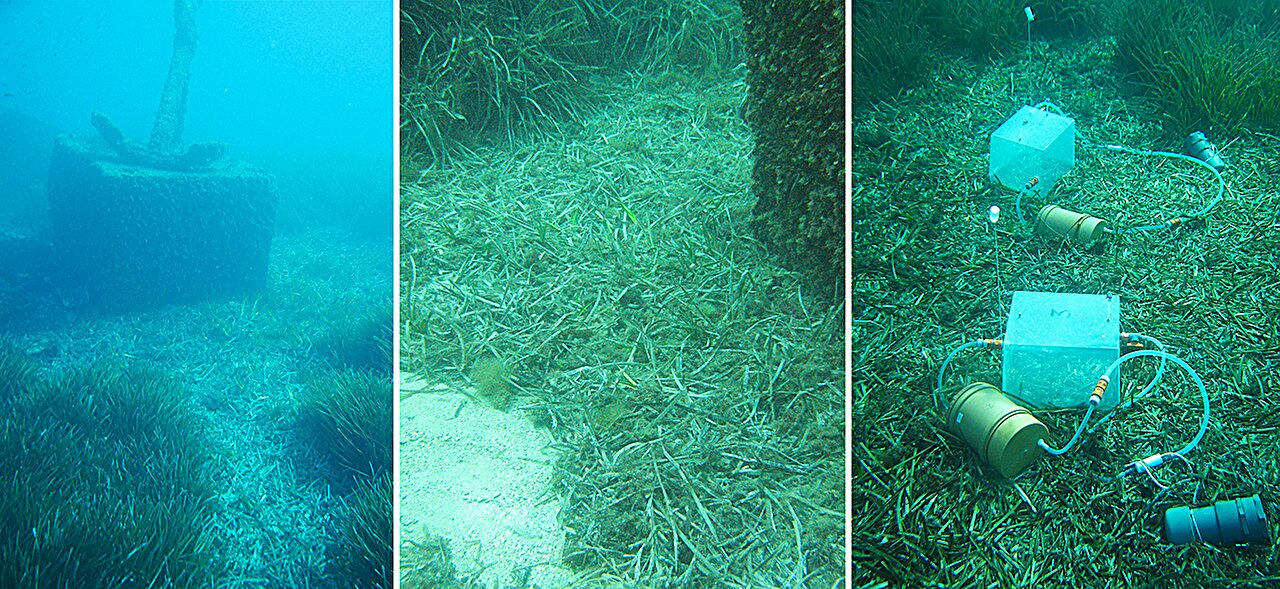The Power of Nature: How Dead Leaves in the Sea Help Produce Oxygen
Dead leaves falling into sea waters trigger an amazing process that turns them into valuable biological fertilizer. This natural composting process not only helps decompose plant material, but also helps produce oxygen, which is essential for the ocean ecosystem. Dead leaves thus become key elements in maintaining marine life, ensuring the health of aquatic ecosystems and promoting a sustainable balance of nature.
Underwater composts of the Mediterranean: carbon fluxes and photosynthetic activity of Posidonia
Scientists from the University of Liege (Belgium) have investigated the fate of material produced in Posidonia seagrass meadow ecosystems. The study, conducted in the Mediterranean Sea as part of the STARESO project, shows that dead leaves, known as Neptune grass, accumulate in shallow waters where they decompose through a process called composting, restoring organic matter. This process plays a previously underestimated role in carbon flows in Mediterranean coastal ecosystems.
Surprisingly, in addition to carbon dioxide emissions, oxygen production was also recorded. This is due to the presence of photosynthetic organisms living in the marine compost, which significantly distinguishes it from compost formed on land. The results of the study were published in the journal Estuarine, Coastal and Shelf Science.
Posidonia, the flowering plant that has become a symbol of the Mediterranean and is known as Neptune’s grass, forms vast underwater meadows in shallow waters less than 40 metres deep. “This land plant, which recolonised the ocean environment a few million years ago, is a bit of an evolutionary surprise,” explains Alberto Borges, an oceanographer at ULiège. “Like many land plants in our region, Posidonia loses its old leaves in autumn. These dead leaves accumulate as litter, just as they do at the base of trees, forming large clumps around the sea grass meadows.”

These massive accumulations of fallen Posidonia leaves, their decomposition and transformation processes attracted the attention of scientists who went to the oceanographic station STARESO in Calvi (Corsica). Here they conducted a study dedicated to the study of the primary production and decomposition of organic matter in the remains of sea grass in order to better understand the processes of transformation of organic matter in the underwater meadows of the Mediterranean Sea.
“The organic matter in the litter decomposes, releasing nutrients and carbon dioxide, just like compost in a garden,” comments Gilles Lepoint. “These layers accumulate in sunny, open areas.”
“Any gardener knows that plants need light and nutrients to grow. Based on this principle, we conducted our study and made a surprising discovery: oxygen production was detected in the litter, which seemed dead and inert. This turned out to be the result of photosynthetic activity of macroalgae, detached shoots of Posidonia from nearby meadows and microscopic diatoms present in the litter,” the researchers explained.
In conclusion, it can be noted that in the nutrient medium created by the litter, all living plants associated with it actively develop and participate in photosynthesis. Although they produce oxygen, its quantity is insufficient to compensate for the volume absorbed during the decomposition of dead leaves. Therefore, such accumulations remain net consumers of oxygen and continue to act as sources of CO2 emissions, similar to the processes in above-ground composts and litters.
The second conclusion of the study was unexpected for the scientists. “We thought that the litter of Posidonia decomposed quite quickly, but this study showed the opposite, based on the data on the loss of litter mass – the decomposition process is slower,” explains Alberto Borges. “We used short-term (one day) incubations with very precise measurements of oxygen levels to study respiration.” These data provided a more precise estimate, which was lower than the values obtained by long-term observations of mass loss (over several months). This discovery may revise current carbon balance calculations for such ecosystems, which until now have been based on traditional methods.
Exploring the depths: the role of Posidonia in supporting life on rocky sites and their mutual influence
During the study, the scientists also looked at the primary production and breakdown of organic matter by macroalgae growing on rocky areas adjacent to the Posidonia meadows. “We hypothesized that there might be some interaction between these two systems, which at first glance appear to be isolated and independent. And again, the result was unexpected,” says Willy Champenois.
“Despite the ability of these macroalgae to photosynthesize, they turned out to be net consumers of oxygen, rather than producers, as we expected. This suggests that the bacteria and invertebrates living among the algae use more oxygen than the algae themselves are able to create. Therefore, we can conclude that additional organic matter comes from some external source, supporting this process,” the researchers explain.

Using mass balance calculations, the scientists determined that the excess organic matter most likely comes from the Posidonia, a process that occurs through the diffusion of dissolved organic molecules that move from underwater seagrass meadows and their litter to adjacent rocky areas.
In summary, it can be concluded that a two-way exchange occurs between the macroalgae on the rocks and the Posidonia meadows. The macroalgae, detaching from the rocks, can settle in the Posidonia litter, thereby facilitating primary production in these areas. At the same time, the sea grass supplies the rocky areas with organic molecules, which the bacteria living among the macroalgae effectively assimilate. Thus, both ecosystems are interconnected and benefit each other.
This study opens up new horizons in the quantification and analysis of the organic carbon balance in the underwater meadows of Posidonia seagrass located in the Gulf of Calvi. Since the 1980s, this region has been under the close attention of oceanographers and marine biologists from the University of Liège, who carry out their research, including with the help of the marine research station STARESO.


